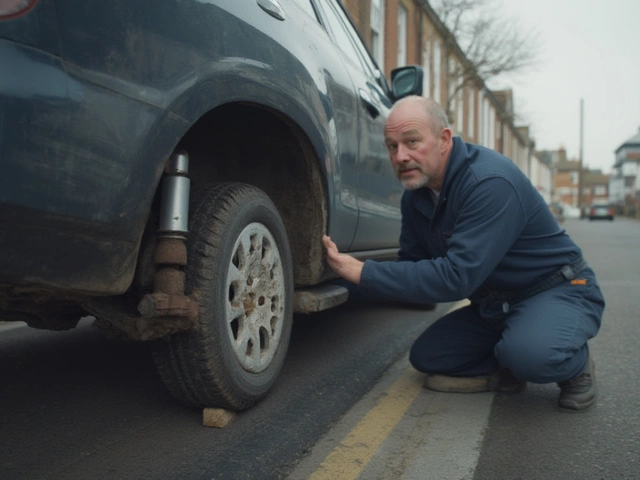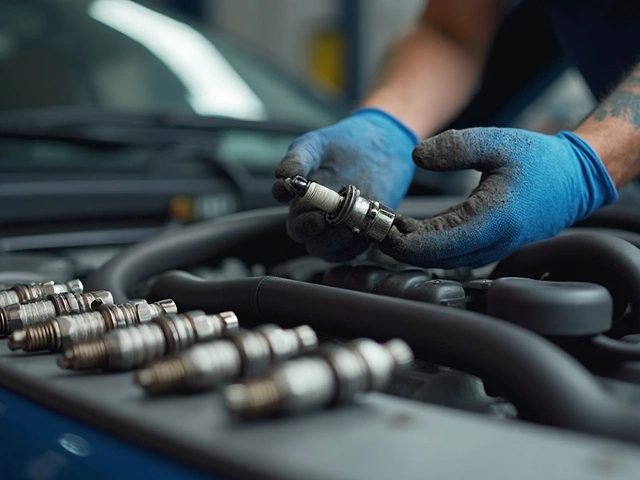Brake Pad Wear Signs: Know the Clues Before It’s Too Late
When working with brake pad wear signs, the visible and audible indicators that your brake pads are getting thin. Also known as brake pad wear indicators, they help you catch problems early and avoid costly repairs. Brake pad wear signs encompass visual cues like low‑pad thickness and squealing noises that signal a need for attention. Spotting them early means you can address the issue before it harms other brake components.
Understanding What the Signs Mean
The first thing to check is the brake pads, the friction material that presses against the rotor to slow your car. When pads wear down below the recommended thickness, the metal backing can start to contact the rotor, causing a high‑pitched squeal. That squeal is a classic brake noise, the sound produced when pad material is exhausted. At the same time, the brake rotors, the metal discs that the pads clamp onto may begin to show scoring or uneven wear, both of which amplify noise and reduce braking efficiency. In short, worn pads demand a healthy rotor surface, and the two influence each other's lifespan.
Beyond pads and rotors, the condition of your brake fluid, the hydraulic liquid that transfers pressure from the pedal to the calipers also plays a role. Old or contaminated fluid can cause uneven pressure distribution, which may make a pad wear unevenly and produce pulsating brake pedal feel. When you hear a squeal and notice reduced pedal firmness, it’s worth checking fluid level and quality as part of the diagnosis. This relationship shows how brake fluid health influences pad wear patterns and overall brake performance.
So what should you do when you notice these signs? Start by measuring pad thickness with a ruler or a dedicated gauge; most manufacturers recommend replacement at 3 mm or less. Inspect the rotor surface for deep grooves or rust—if you see them, a machine or replacement might be needed. Listen closely: a consistent squeal means the wear indicator is touching the rotor, while a grinding noise suggests metal‑on‑metal contact already occurred. Finally, flush and replace brake fluid every two years or as the service manual advises to keep the hydraulic system in top shape.
Armed with this know‑how, you’ll be able to spot brake pad wear signs, understand what they reveal about pads, rotors, noise and fluid, and take the right steps before a minor issue becomes a major safety risk. Below you’ll find a curated set of articles that dive deeper into each of these topics, offering detailed guides, troubleshooting tips, and cost‑effective solutions to keep your brakes performing at their best.
 20 October 2025
20 October 2025
How to Check If Brake Pads Are Worn - Simple DIY Guide
Learn how to spot worn brake pads, measure their thickness, and know when to replace them-simple DIY steps plus a handy checklist.






0